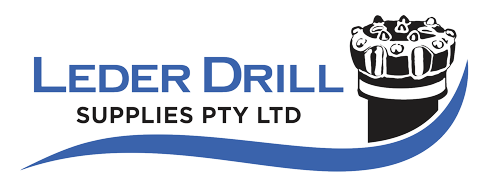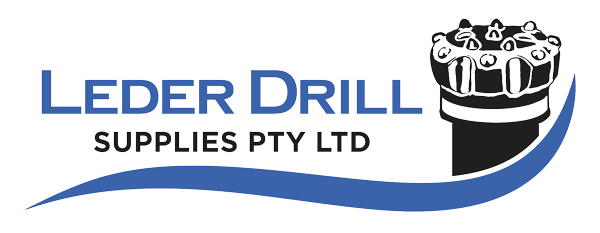DHD340 valved drill bits are a type of down-the-hole (DTH) drill bit used for drilling blast holes in mining and quarrying operations. They are designed to work with DTH hammers and are typically used to drill holes in hard rock formations.
Benefits
Valved drill bits are equipped with valves that help to control the flow of air and cuttings through the bit. This helps to improve the drilling efficiency and reduces the amount of wear and tear on the bit.
- Improved drilling efficiency: The valves help to control the flow of air and cuttings, which improves the drilling efficiency and reduces the amount of time it takes to drill a hole.
- Reduced wear and tear: The valves also help to protect the bit from wear and tear, which extends the life of the bit.
- Increased safety: Valved drill bits are designed to be more stable than other types of DTH drill bits, which can help to reduce the risk of accidents.
Applications
- Drilling blast holes for blasting operations: Valved drill bits are commonly used to drill blast holes for blasting operations in mining.
- Drilling exploratory holes for mineral exploration: Valved drill bits can also be used to drill exploratory holes for mineral exploration.
- Drilling holes for water wells and geothermal wells: Valved drill bits can be used to drill holes for water wells and geothermal wells.
Please Note: Images are indicative only.






